Ever since Satoshi Nakamoto introduced Bitcoin, the popularity of this iconic coin has been consistently increasing. The thing that is not so consistent about BTC is its price. As we recently reached a new ATH and heading for the halving, let’s take a look back at the historical peaks and downs of BTC that put its hodlers into a rollercoaster ride of emotions throughout the years.
More on Bitcoin: Bitcoin Miners: Modern-Day Prospectors or Energy Gluttons?
Peak: Late 2017 Bull Run
The bull run in late 2017 was among the first times our uncles and aunts went: “What the hell is a Bitcoin? I want some,” as the BTC price reached an all-time high of nearly $20,000 in December.
The surge was driven by the interest from retail investors it seems. Speculations were intense, ICOs (Initial Coin Offering) were booming, and blockchain technology was making the headlines. Remember that ICO craze though, because this was the time the infamous ICO bubble started to grow.
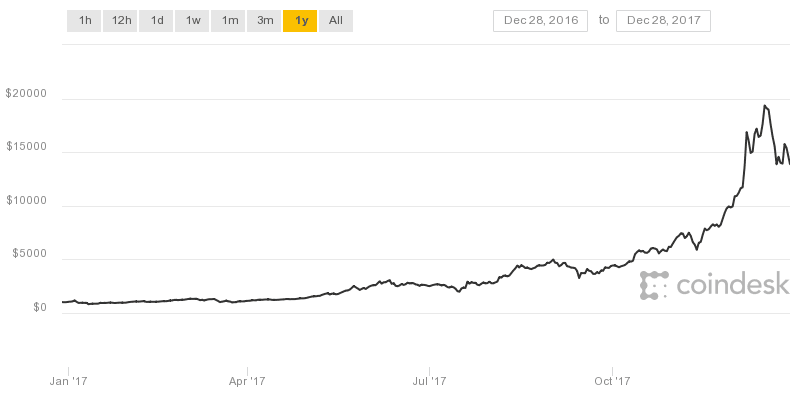
The rally to $20,000 was not just about hype, it was also a time of technological developments within the Bitcoin ecosystem. The Lightning Network proposal and Segregated Witness (SegWit) addressed Bitcoin’s scalability issues and pumped optimism about its future utility.
Down: 2018 Crypto Crash
Silk Road, an online black market platform that utilized Bitcoin for not-so-innocent transactions, cast shadows on BTC in the early 2010s, but our story begins toward the end of the decade when the coin gained enough reputation to be considered a major asset.
Following the 2017 peak, Bitcoin’s price literally fell from the stairs all throughout 2018, dropping below $4,000 by the end of the year. The sharp and painful decline was part of a bigger cryptocurrency market crash, often called the “crypto winter.” The abovementioned ICO bubble popped with a loud scream of altcoin hodlers, regulatory strictness increased worldwide, and high-profile cryptocurrency exchanges were hacked one by one (remember Mt. Gox hack where 850,000 BTC was vaporized?), contributing to the negative sentiment and loss of investor confidence.
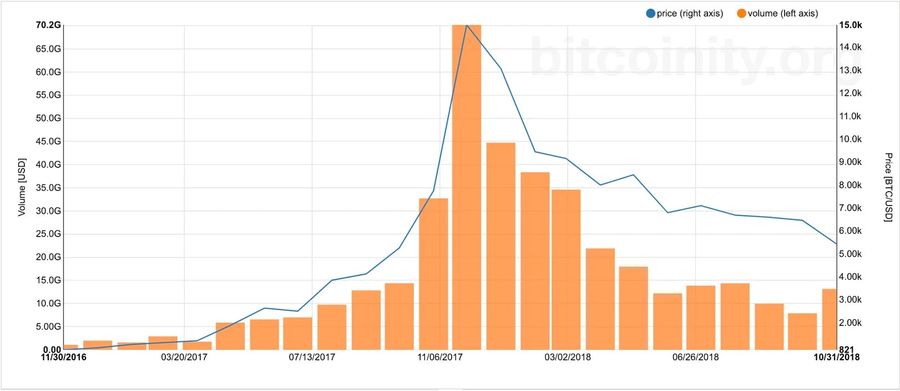
Although the ICO bubble was often considered the scapegoat, several other factors added up to the downturn. You see, the cryptocurrency ecosystem had growing pains back then. Scalability issues, high transaction fees, and long transaction times for Bitcoin… Combine these technical challenges with a lack of clear regulatory frameworks. Congratulations, you have a crash. But on the bright side, the crash served as a harsh reality check, wiped out many speculative projects, and focused attention on the need for more robust technological foundations and clearer regulations.
Peak: 2020 COVID-19 Bull Run
In 2020, Bitcoin was the second biggest newsmaker after the COVID-19 pandemic, reaching new highs by the end of the year, surpassing $28,000 in December. This period was full of economic uncertainty, with governments pumping unprecedented levels of fiscal stimulus into their economies. People poured their stimulus checks into Bitcoin as a potential hedge against inflation and a store of value, like gold. The pandemic also accelerated digital transformation and increased interest in crypto in general.
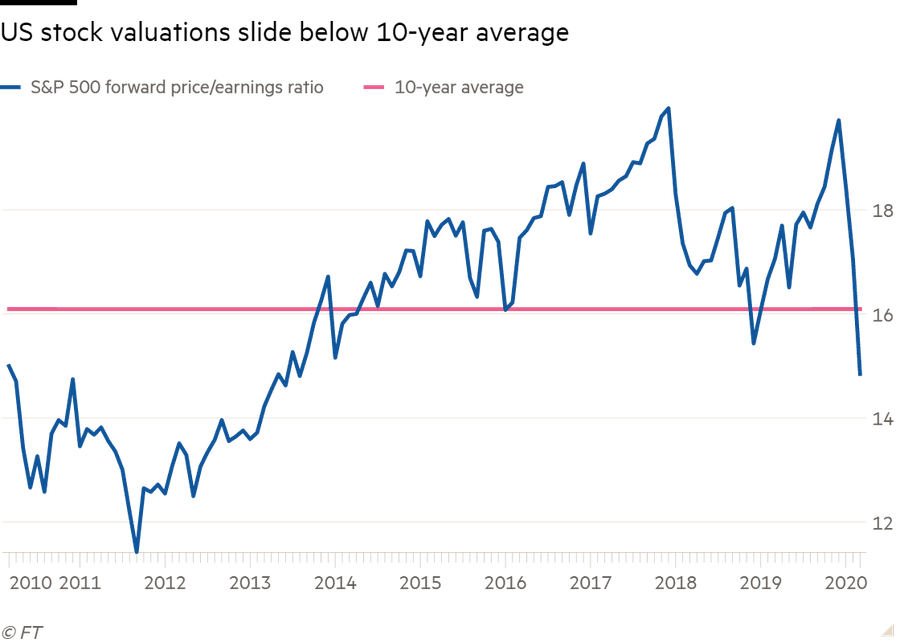
Let us elaborate. The rise in Bitcoin’s price during the pandemic was also influenced by the perception of Bitcoin as “digital gold.” As central banks implemented aggressive monetary easing policies to counteract the economic downturn, fears of currency devaluation and inflation grew. Bitcoin’s capped supply of 21 million coins grabbed the attention of those looking for an asset that could not be devalued by government actions.
Down: March 2020 COVID-19 Crash
Surprise surprise! Not long after the COVID-19 crypto craze, In March 2020, financial markets worldwide plummeted, and Bitcoin was not spared. The price fell dramatically to below $4,000 at its lowest point. Well, this crash was part of a worldwide liquidity crisis, with investors selling assets for cash in panic. However, Bitcoin quickly rebounded in the following months, as the pandemic also served to highlight its potential benefits.
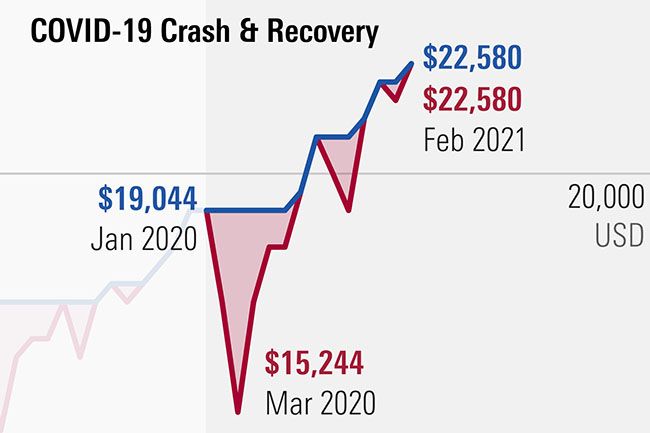
Despite its proposed status as a new safe haven (like gold), Bitcoin sold off along with stocks and other assets for hot and sweet cash fiat. Thankfully, the rapid recovery of Bitcoin’s price in the months that followed also showcased its resilience and the strong belief among a core group of investors in its long-term value proposition.
Peak: 2021 All-time-highs (Until 2024)
Bitcoin’s price reached an all-time high of nearly $65,000 in April 2021. The surge was driven by a combination of institutional investment, corporate interest (Tesla’s $1.5 billion investment), and the growing mainstream adoption. Additionally, the launch of various cryptocurrency investment products for institutional investors contributed to the bullish sentiment. This is when Bitcoin started to be perceived as a legit asset class by many.
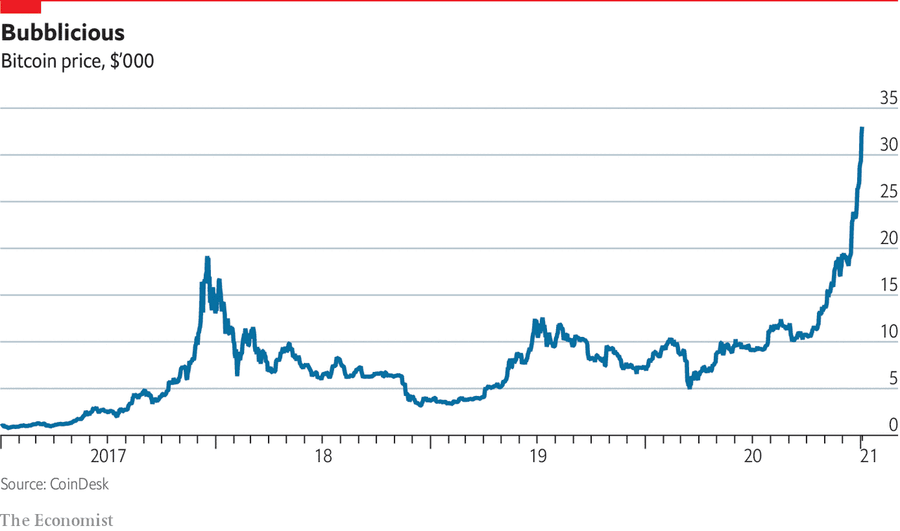
The peak was also a result of the growing institutional interest in Bitcoin. Major corporations like MicroStrategy and Square added Bitcoin to their balance sheets. The launch of the first Bitcoin ETFs in Canada and the growing interest in creating a Bitcoin ETF in the United States supported the coin’s trustworthiness.
Down: May 2021 Price Correction
After reaching all-time highs in April 2021, Bitcoin experienced a “price correction” in May 2021, dropping below $30,000. The downturn was triggered by a combination of factors. Tweets from Elon Musk expressing concerns over Bitcoin’s environmental impact and China’s crackdown on cryptocurrency mining and trading were among them. On top of that, increased regulatory talk in the United States added up to the negative sentiment and initiated the unpleasant bear market.
More on Bitcoin: Bitcoin’s Recent Surge: A Look at the Cryptocurrency Market
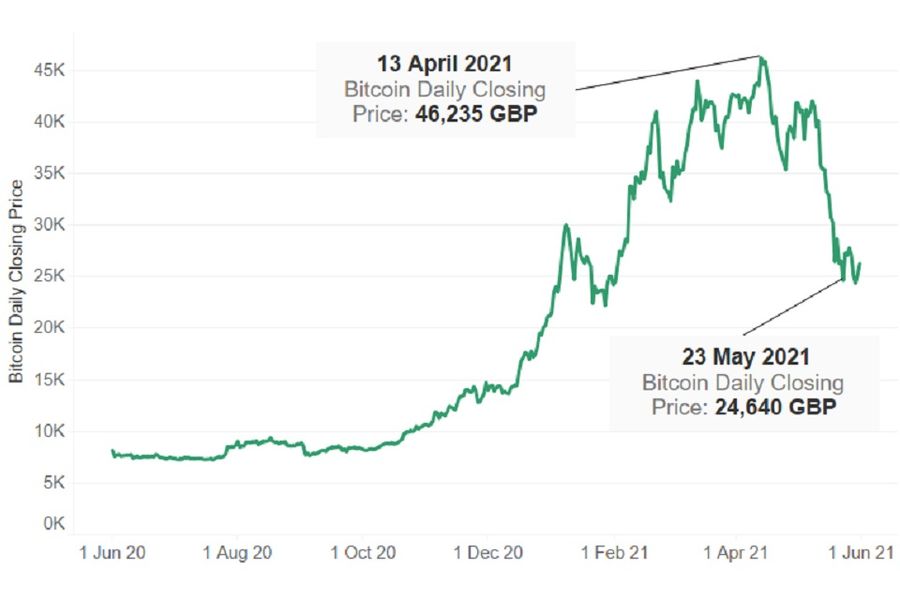
Current Situation and Final Words
At the time of writing, BTC is traded at around $72k, reaching a new All-time-high every day lately. When you look at past long-term price movements, BTC likes rapid rises and even faster drops. It is not possible to conclude that a similar crash is coming simply because we are enjoying a crazy bull run at the moment.
Related: Bitcoin Continues to Surge, but Analysts Warn of Major Correction
Read More on Bitcoin:
- Turns Out Bitcoin ETFs Matter!
- What Does Spot Bitcoin ETF Mean for Investors?
- Bitcoin’s Bullish Mood Drives Altcoins Forward
Because of the way people, governments, and financial institutions think about Bitcoin has changed dramatically, with EFTs in the USA and improved regulatory corrections in place, BTC is stronger than ever. That being said, nobody knows what is next and everything else is hopeful thinking when it comes to speculating on Bitcoin price.
Disclaimer: All materials on this site are for informational purposes only. None of the material should be interpreted as investment advice. Please note that despite the nature of much of the material created and hosted on this website, HODL FM is not a financial reference resource and the opinions of authors and other contributors are their own and should not be taken as financial advice. If you require advice of this sort, HODL FM strongly recommends contacting a qualified industry professional.






